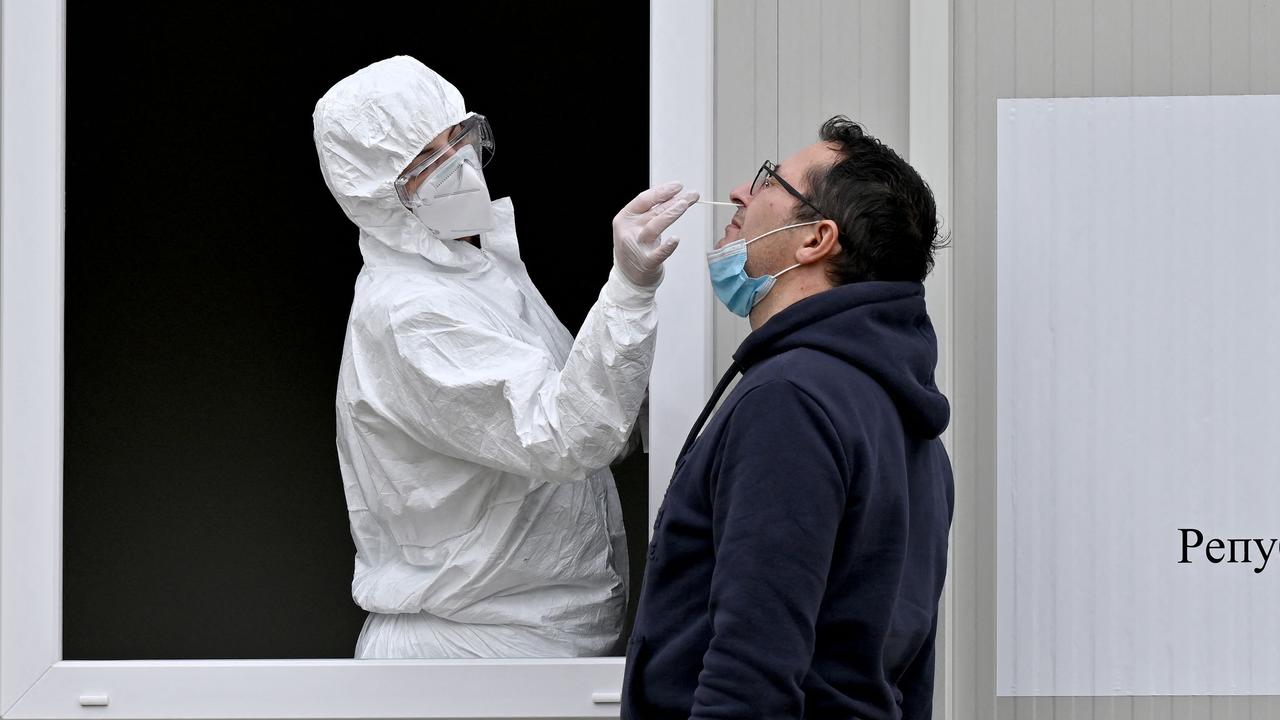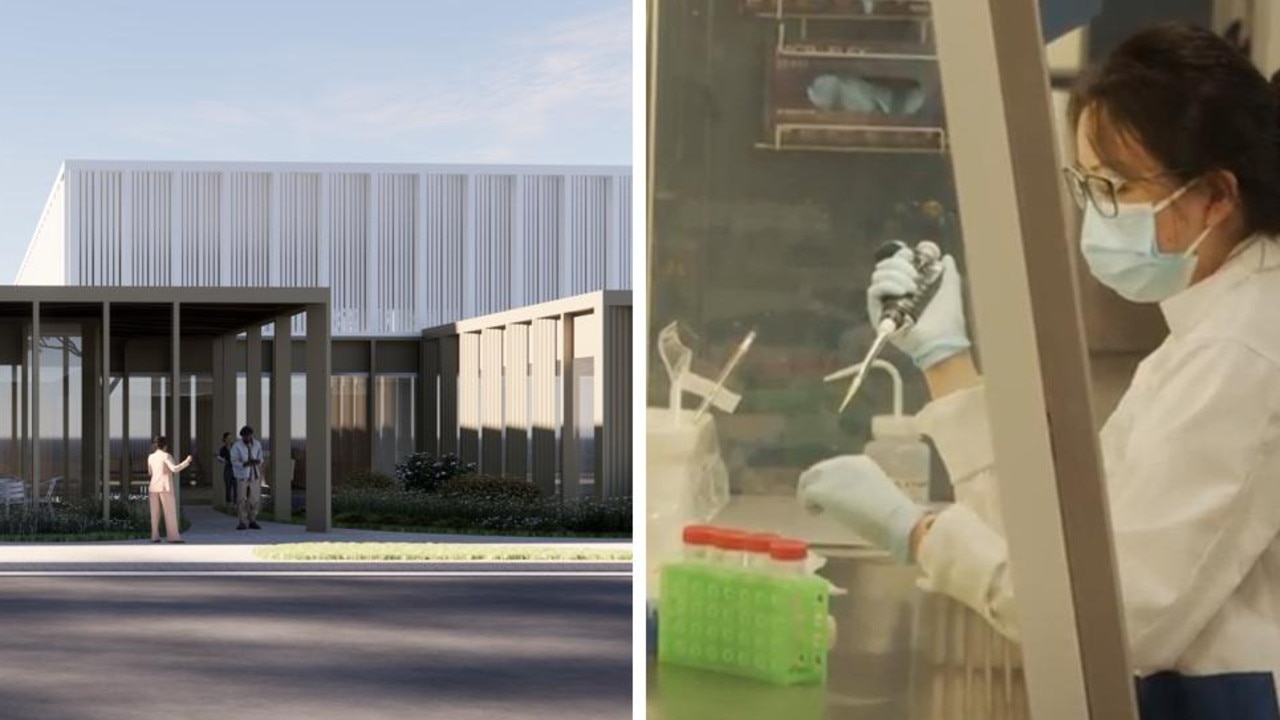Australian scientists who worked at Wuhan Institute of Virology reacts to laboratory leak theory
An Australian scientist who worked at the Wuhan Institute of Virology has criticised reports that the lab was unsafe, but has not ruled out a coronavirus leak.
An Australian scientist who worked at the Wuhan laboratory at the centre of the leak theory does not believe the coronavirus was made to intentionally infect people, but has not ruled out that it escaped from the facility.
Virologist Danielle Anderson, who is the last and only foreign researcher to have worked at the Wuhan Institute of Virology, criticised reports that the lab was unsafe and that scientists were working to make viruses more deadly.
“It’s not that it was boring, but it was a regular lab that worked in the same way as any other high-containment lab,” Ms Anderson said in an interview with Bloomberg. “What people are saying is just not how it is.”
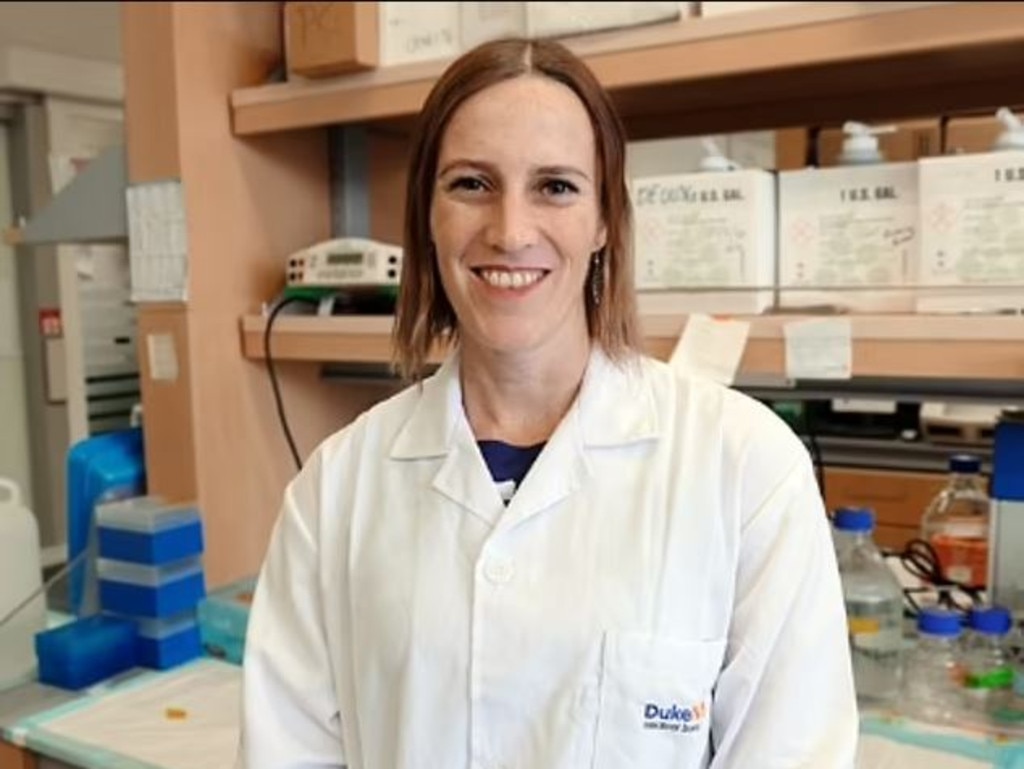
Ms Anderson said she knew no one at the laboratory — the first in mainland China equipped to handle the world’s deadliest pathogens — who was sick toward the end of 2019, which is when the first cases of the coronavirus are thought to have emerged.
“If people were sick, I assume that I would have been sick — and I wasn’t,” she said. “I was tested for coronavirus in Singapore before I was vaccinated, and had never had it.”
In December that year, Ms Anderson and her colleagues went to Singapore for a gathering on another virus.
But she sad there was “no chatter” about an illness sweeping the laboratory.
“Scientists are gossipy and excited. There was nothing strange from my point of view going on at that point that would make you think something is going on here,” she said.
However, it’s not impossible that the virus leaked from the facility.
While she still believes it most likely came from a natural source, Ms Anderson said that if presented with evidence supporting that theory, she “could foresee how things could maybe happen”.
“I’m not naive enough to say I absolutely write this off,” she said.
CHINA KEPT FIRST COVID CASES SECRET: REPORT
Covid was on the loose in China at least two weeks before the first official case was recorded, a bombshell new report claims.
The Australian reports that the first case of coronavirus – aka the SARS-CoV-2 virus – in China was actually in November 2019, weeks before the previously recorded date of early December that year.
Research published in the PLOS Pathogens journal revises the date to somewhere between “early October and mid-November”, with the best estimate being November 17.
“Dating the First Cases of Covid-19” is an analysis of data from 203 countries and territories and argues the virus had spread globally by January 2020, which suggests it travelled earlier and faster than previously thought.
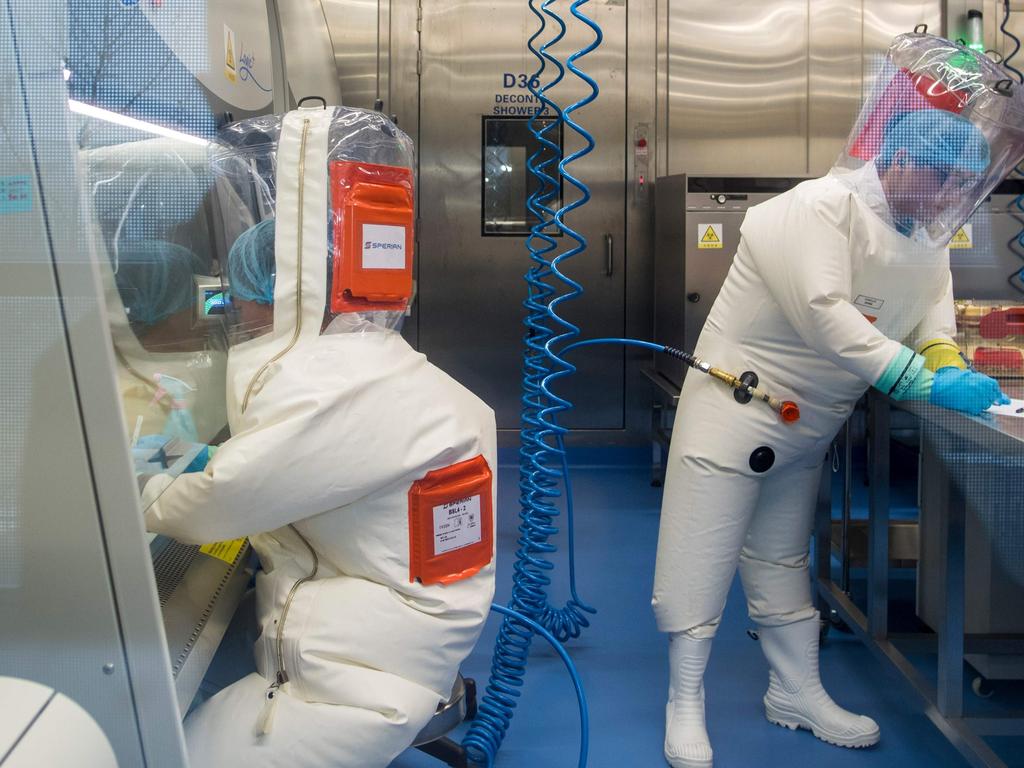
It identifies the likely first occurrences outside China as being in Japan on January 3, 2020; in Thailand on January 7; in Spain on January 12; and in South Korea on January 14. Other likely January cases were the US on January 16 and Australia on January 23, The Australian reports.
WHY CHINA DELETED VIRUS DATA
China deleted crucial Covid-19 about the pandemic’s early days “to obscure their existence” in a cover up attempt, a virologist claims.
The move could have ruined the investigation launched by the World Health Organisation to try and discover the origins of the virus that has crippled the world, Jesse Bloom, a virologist and evolutionary biologist at the Fred Hutchinson Cancer Research Center in the US, wrote in a newly published scientific journal.
Mr Bloom, of Seattle, believed information was deleted from the National Institutes of Health’s Sequence Read Archive.
“The fact that such an informative data set was deleted has implications beyond those gleaned directly from the recovered sequences. Samples from early outpatients in Wuhan are a gold mine for anyone seeking to understand the spread of the virus,” Mr Bloom wrote in the journal.
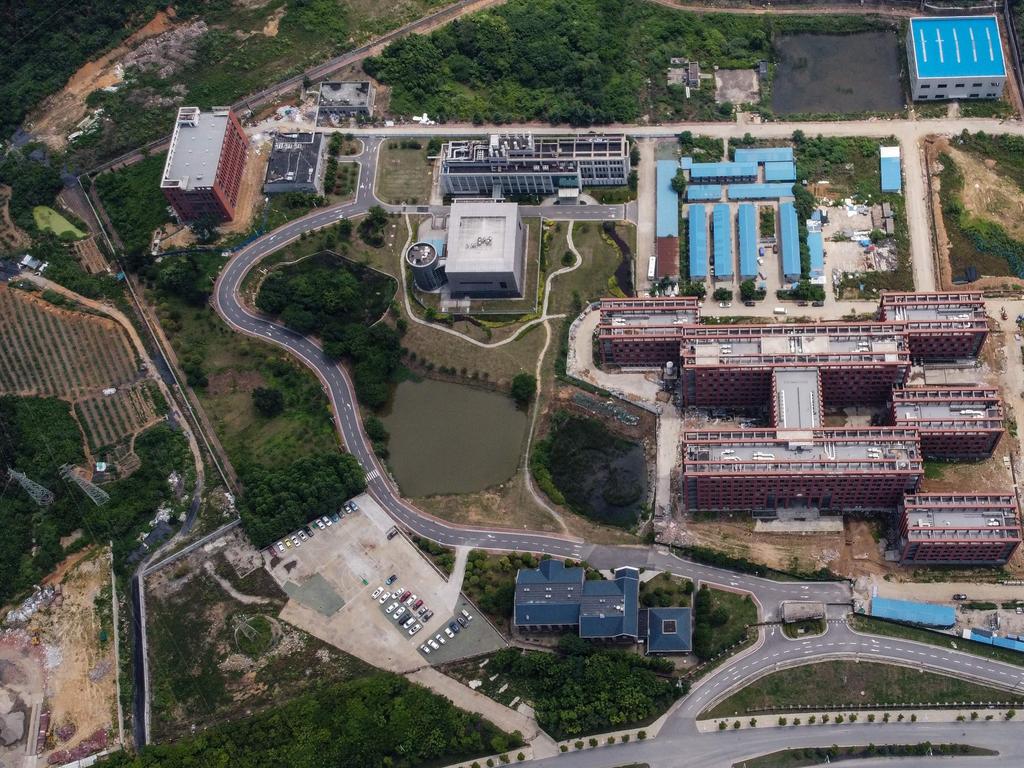
The report, called ‘Recovery of Deleted Deep Sequencing Data Sheds More Light on the Early Wuhan SARS-CoV-2 Epidemic’ concluded: “There is no plausible scientific reason for the deletion … It therefore seems likely the sequences were deleted to obscure their existence.”
Mr Bloom’s report does not say how he gleaned the information to reach his conclusions aside from saying he obtained some data from “deleted files” from Google Cloud.
“The first reports outside of China at the end of December 2019 emphasised the role of the Huanan Seafood Market (ProMED 2019), which was initially suggested as a site of zoonosis -however, this theory became increasingly tenuous as it was learned that many early cases had no connection to the market.”
Mr Bloom said that led to theories the virus was in Wuhan before it was detected at the seafood market.
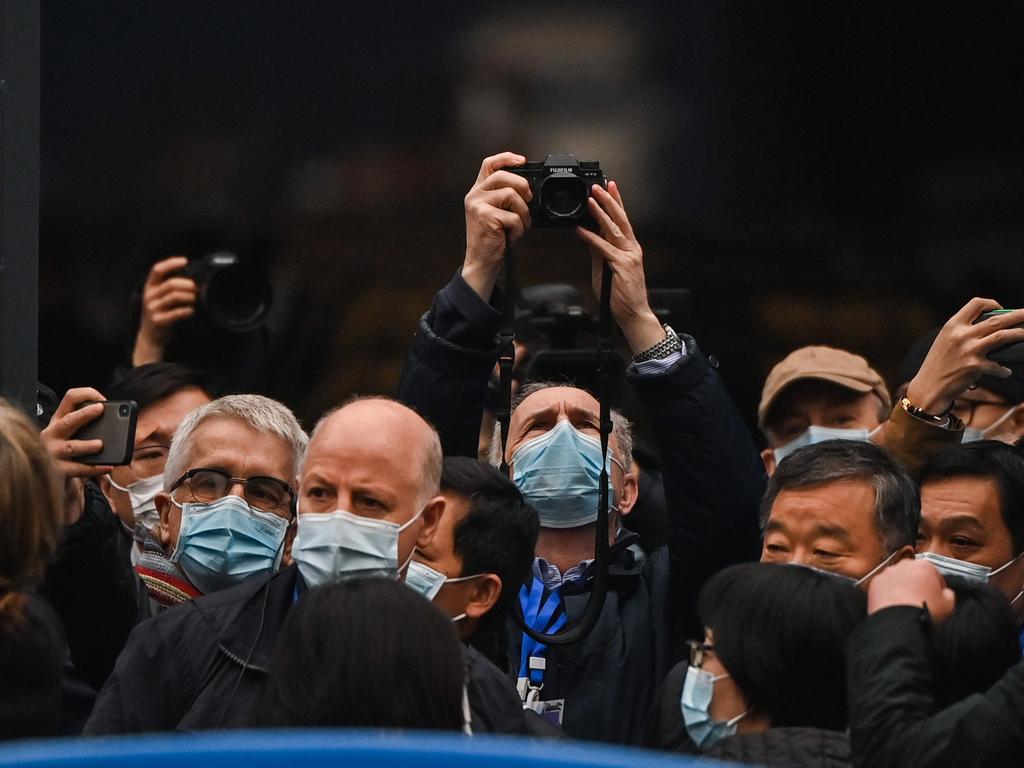
In May, he co-signed a letter from prominent scientists calling on US officials not to ignore the “lab leak” theory.
“Understanding the spread of [the coronavirus] in Wuhan is crucial to tracing the origins of the virus, including identifying events that led to infection of patient zero,” Mr Bloom wrote in the report.
The report comes days after the Chinese scientist who worked at the Wuhan lab denied her institution was to blame for the health disaster.
“How on earth can I offer up evidence for something where there is no evidence?” Dr Shi Zhengli told the New York Times.
“I don’t know how the world has come to this, constantly pouring filth on an innocent scientist,” she added.
US President Joe Biden last month ordered intelligence agencies to investigate the origin of the pandemic, including the lab leak theory.
The leak hypothesis had been floated earlier during the global outbreak, including by Mr Biden’s predecessor Donald Trump, but was widely dismissed as a conspiracy theory.
But it has gained increasing traction recently, fuelled by reports that three researchers from the Wuhan Institute of Virology became sick in 2019 after visiting a bat cave in the southwestern Chinese province of Yunnan.
– with AFP
More Coverage
Originally published as Australian scientists who worked at Wuhan Institute of Virology reacts to laboratory leak theory


